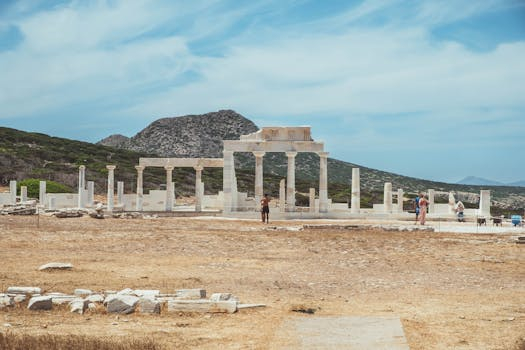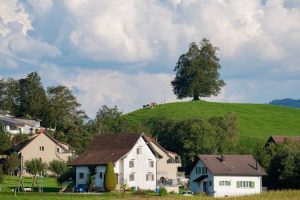Historic districts attracting preservation enthusiasts
As urban landscapes continue to evolve and modernize, preserving the rich history and cultural heritage of various communities has become more important than ever before. Historic districts, designated areas with noteworthy architecture, cultural landmarks, and significant history, have become a popular destination for preservation enthusiasts. These districts not only offer a glimpse into the past but also serve as a source of pride for local communities and a valuable educational resource for future generations. In this article, we will explore why historic districts are attracting preservation enthusiasts and the benefits they bring to both locals and visitors.
The Appeal of Historic Districts
What makes historic districts so irresistible to preservation enthusiasts? The answer lies in the unique blend of characteristics that define these areas. Historic districts are a visual representation of a community’s past, offering architectural styles, traditions, and local customs that have endured over time. They provide a sense of authenticity and a break from the cookie-cutter buildings that are prevalent in modern cities.
In addition to their aesthetic appeal, historic districts also offer a connection to the past that many people crave. Walking through the streets of a historic district, visitors can imagine what life was like decades or centuries ago. They can learn about the people who lived in these areas and the events that shaped their community. This sense of nostalgia and the opportunity to learn about different cultures and eras is what attracts preservation enthusiasts to historic districts.
Preservation Efforts in Historic Districts
Local Government and Community Support
The preservation of historic districts is not a one-person job. It requires a collaborative effort from the local government, property owners, and community members to maintain and protect the district’s unique character. In many cases, local governments have designated teams or committees responsible for overseeing the preservation efforts and ensuring that any changes to the historic district comply with preservation standards.
Community support is also crucial in preserving historic districts. Local businesses, organizations, and residents can play an active role in maintaining historic buildings, participating in restoration projects, or advocating for the protection of the district. Their involvement not only helps in preserving the district but also creates a sense of pride and stewardship among community members.
Funding and Incentives
Preserving historic districts requires significant financial resources, which can be daunting for property owners. To encourage preservation efforts, many local governments and organizations offer grants, tax incentives, and other financial incentives to property owners in historic districts. These incentives not only make preservation more manageable but also promote awareness and encourage more people to invest in preserving historic buildings.
The Benefits of Preserving Historic Districts
Economic Impact
One of the significant benefits of preserving historic districts is its positive impact on the local economy. Historic districts often attract tourists and create opportunities for small local businesses, such as restaurants, hotels, and souvenir shops. These businesses not only provide an opportunity for economic growth but also support the district’s preservation efforts.
Community Identity and Pride
Historic districts are an essential part of a community’s identity and serve as a source of pride for residents. Preserving these areas helps maintain their unique character and tells the story of the people who have called the district home. In addition, historic districts can help foster a sense of community and bring people together, as they work towards a common goal of preserving their heritage.
Educational Resource
Preserved historic districts are not just for show; they serve as a valuable educational resource for both locals and visitors. By walking through the streets, reading informational plaques, and visiting museums and landmarks, people can learn about the history, culture, and traditions of a community. This knowledge not only enriches individuals but also contributes to a better understanding and appreciation of different cultures.
In Conclusion
Preserving historic districts is not just about preserving old buildings; it is about preserving a community’s identity, culture, and heritage. These districts provide a connection to the past, serve as a source of pride, and contribute to the local economy. The efforts and support of local governments, property owners, and community members are crucial in ensuring that historic districts continue to thrive and attract preservation enthusiasts for years to come.









